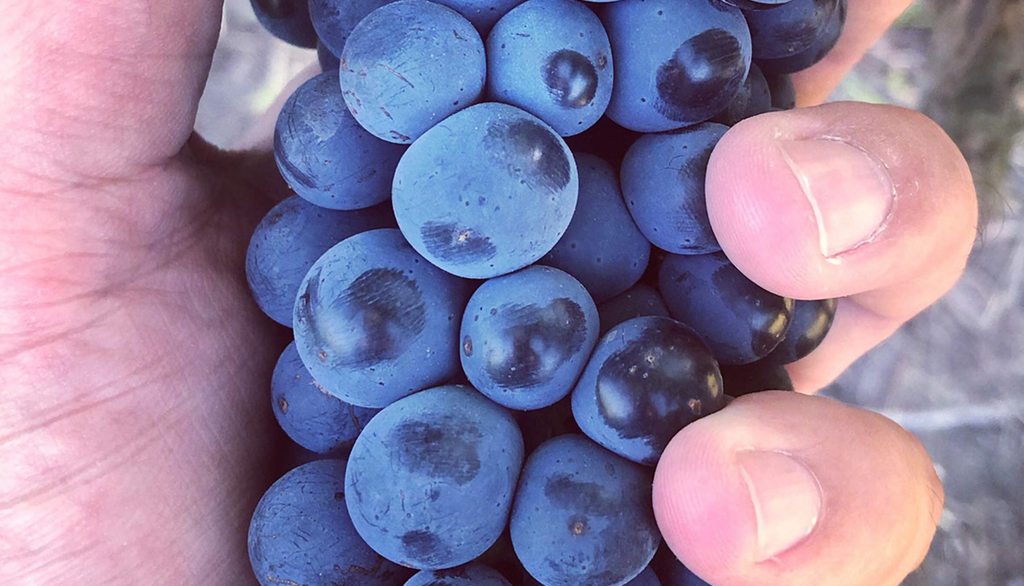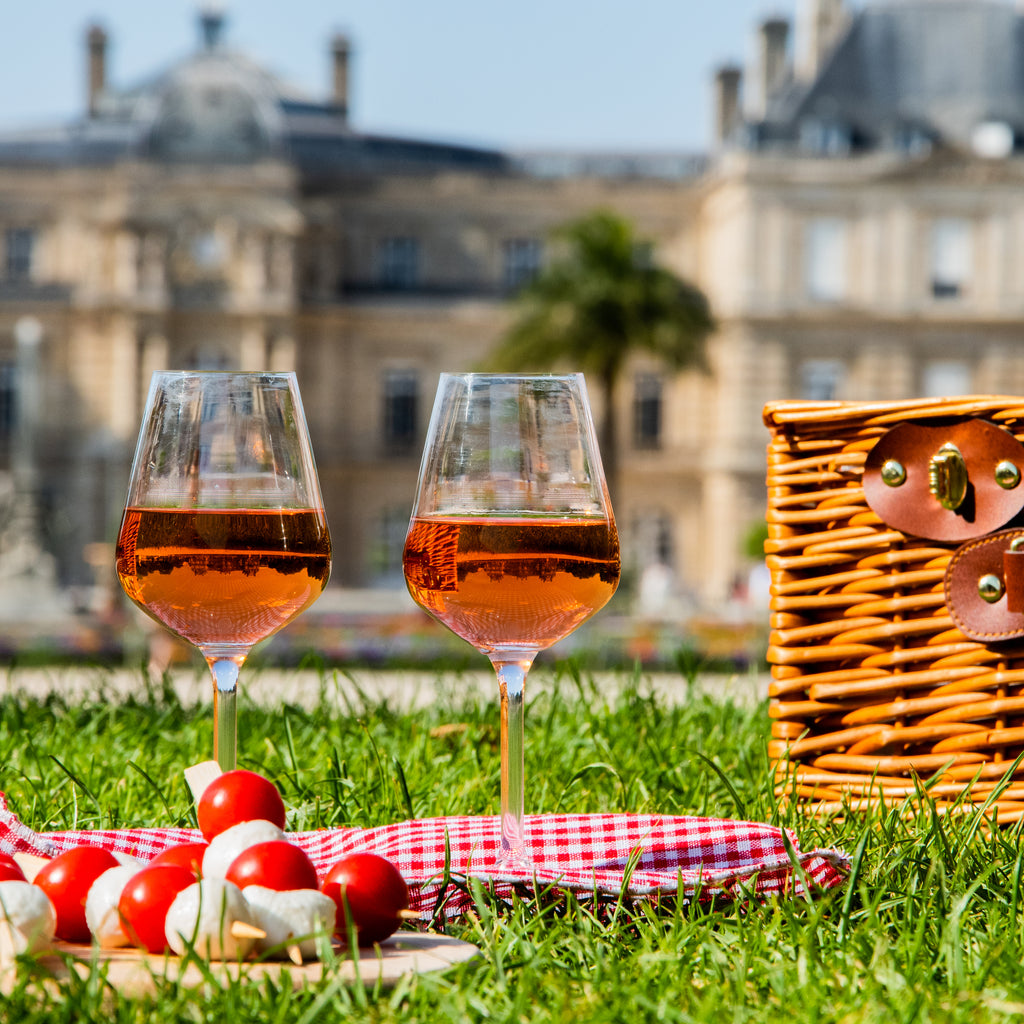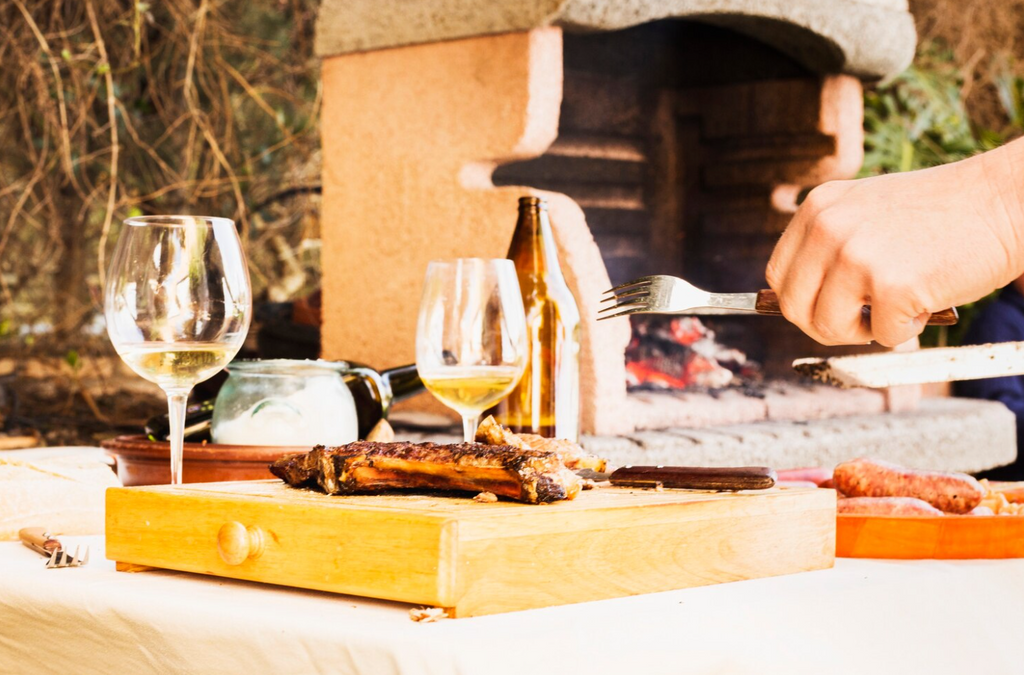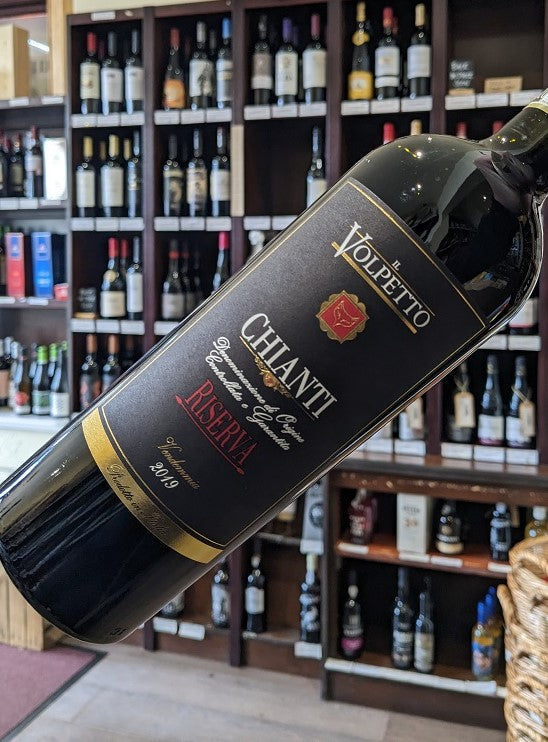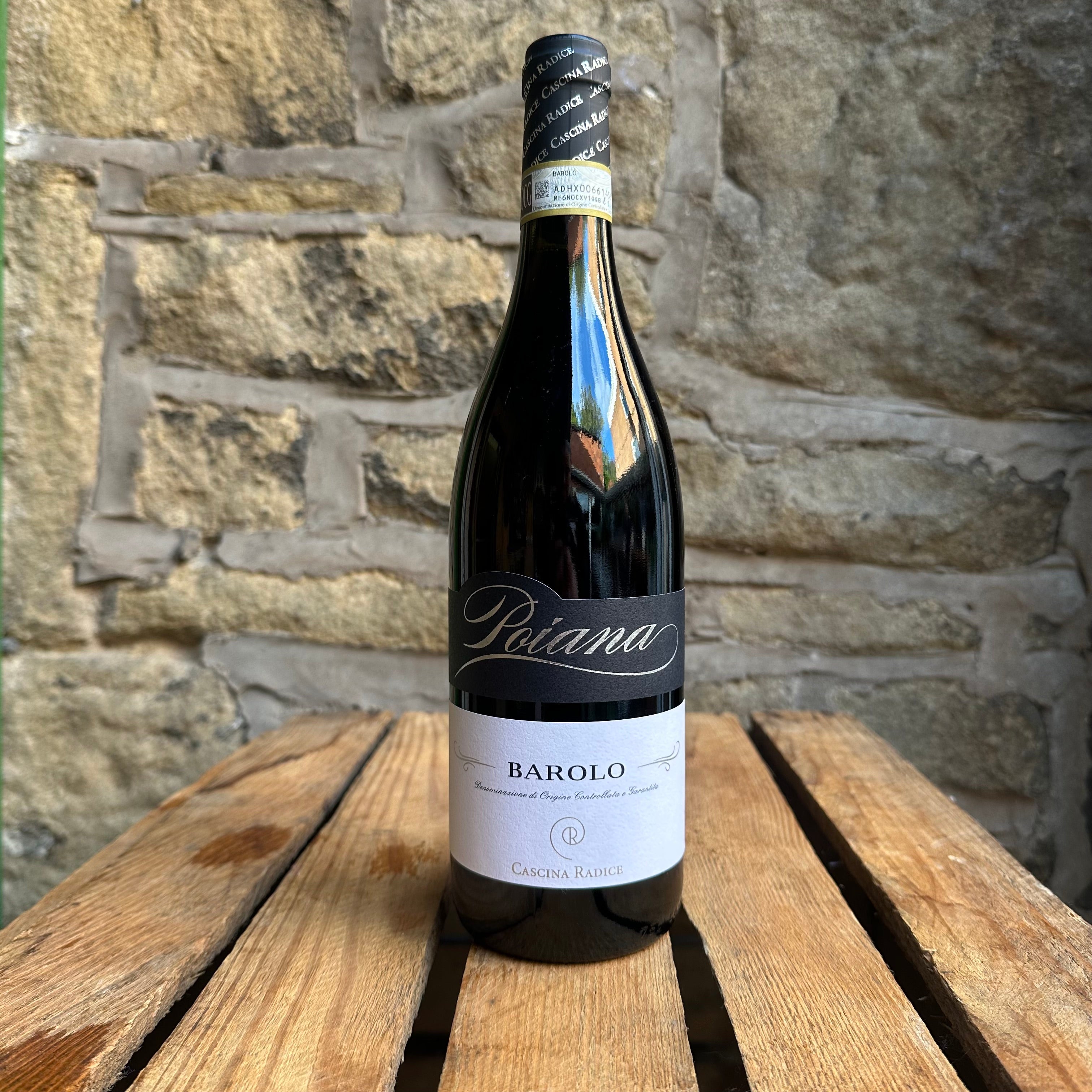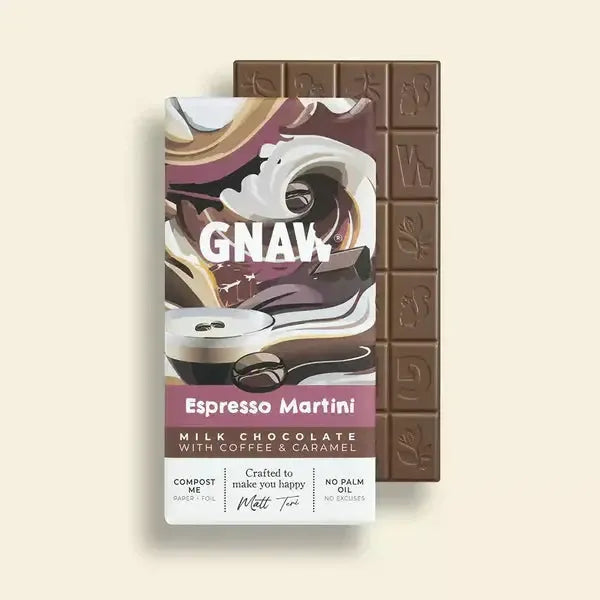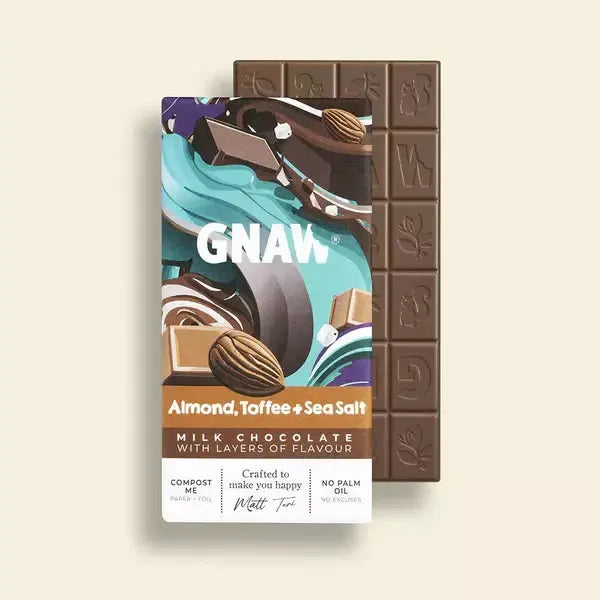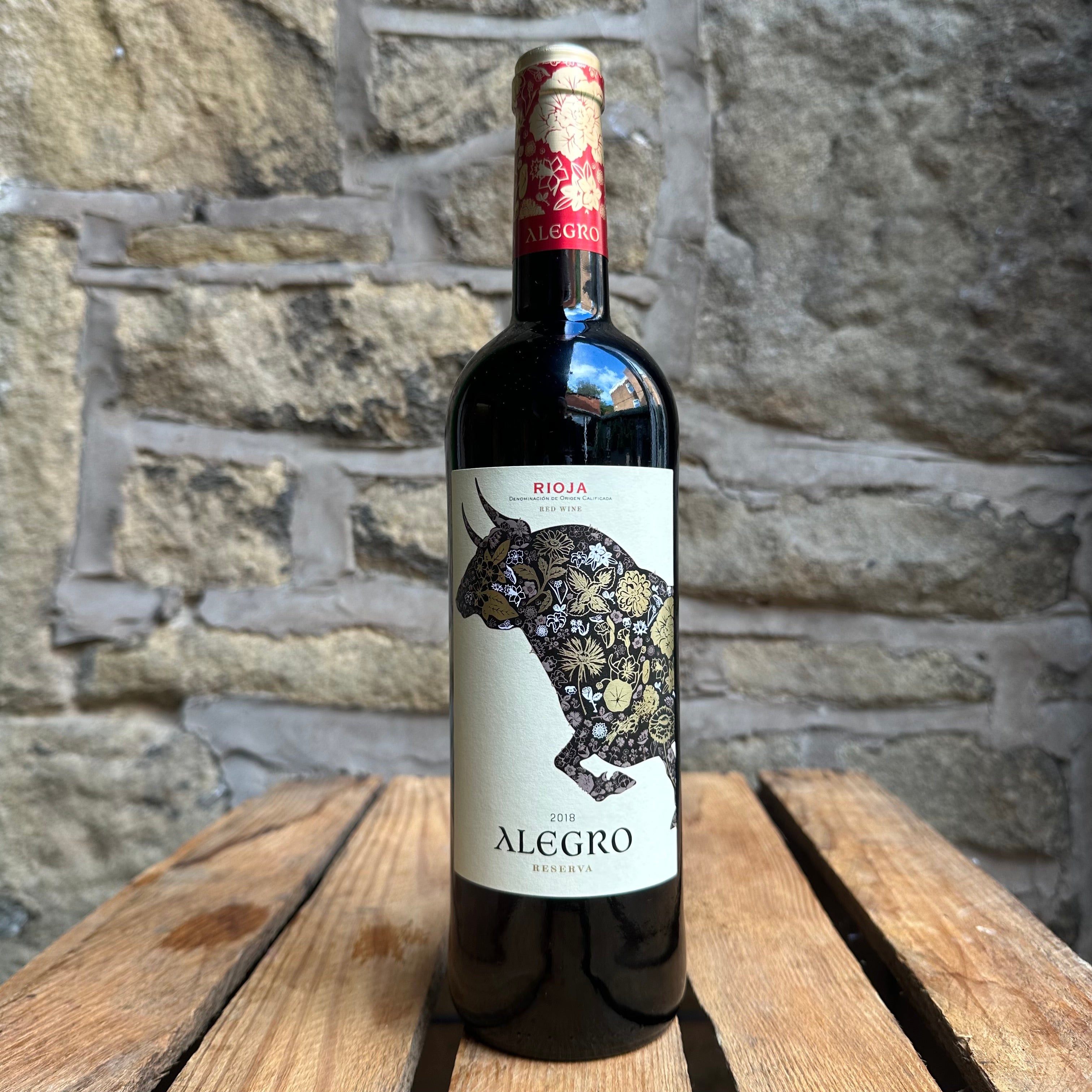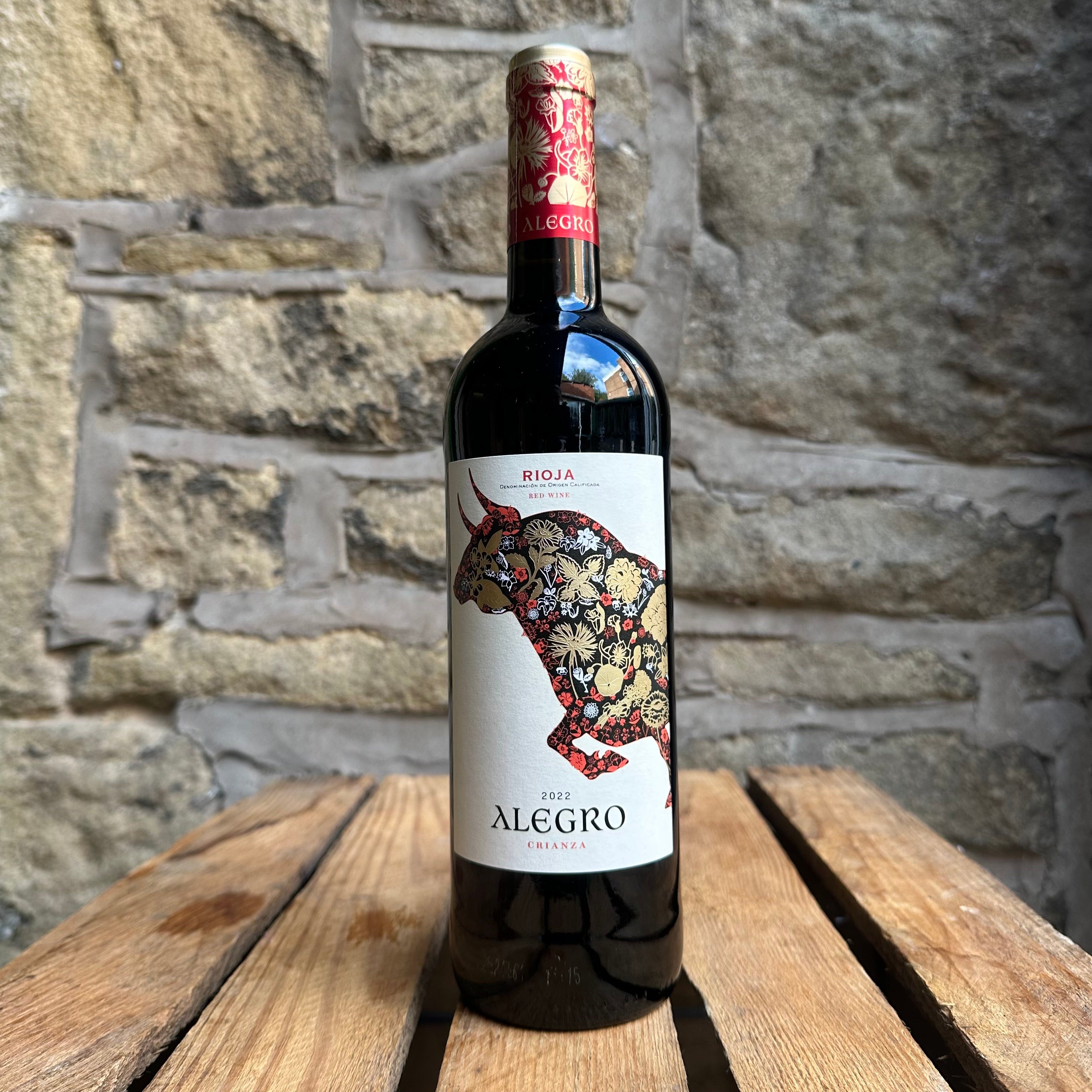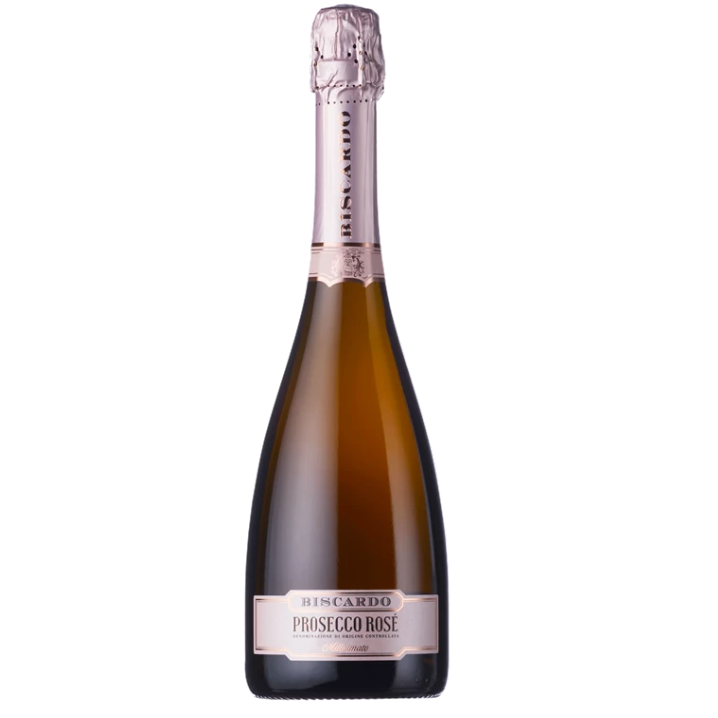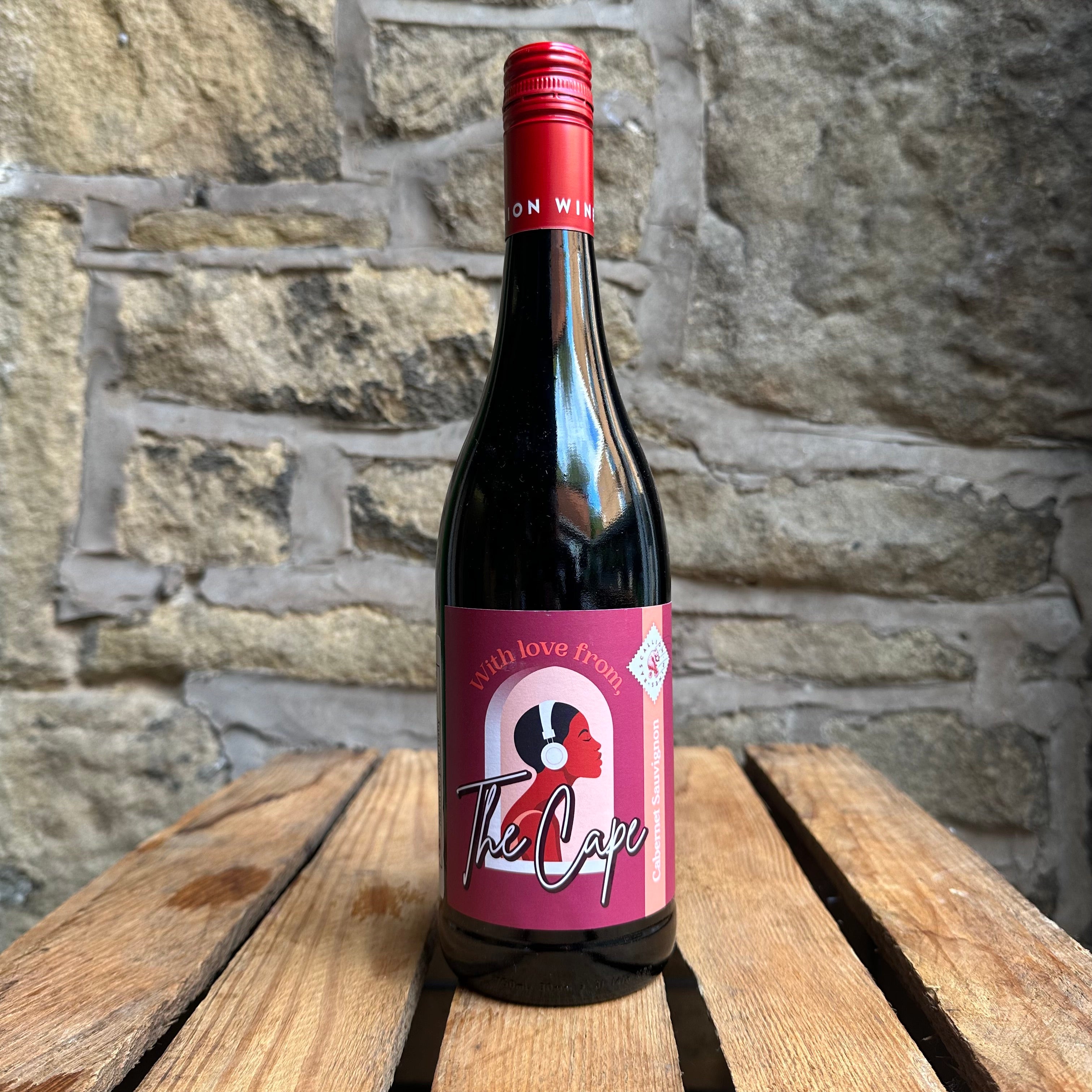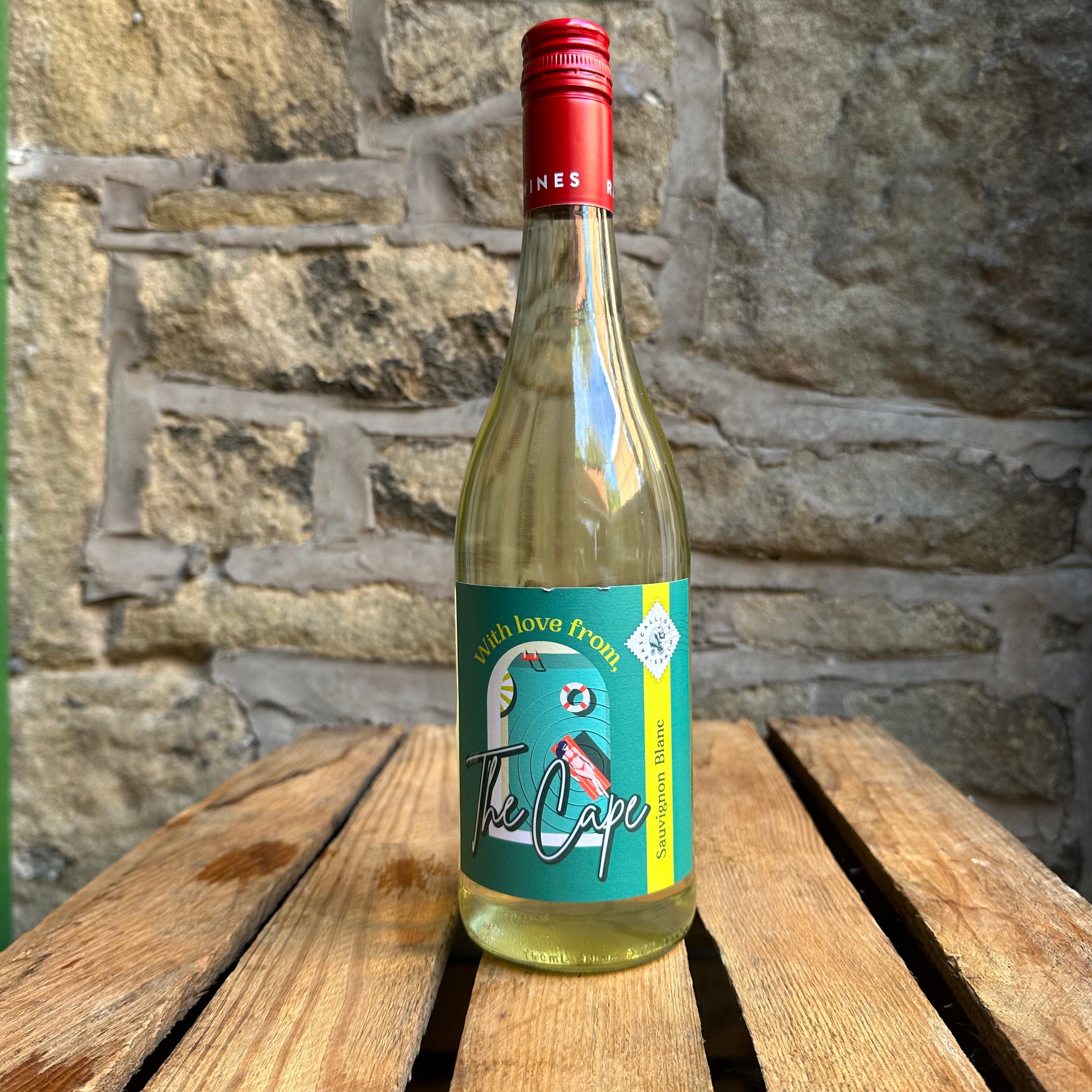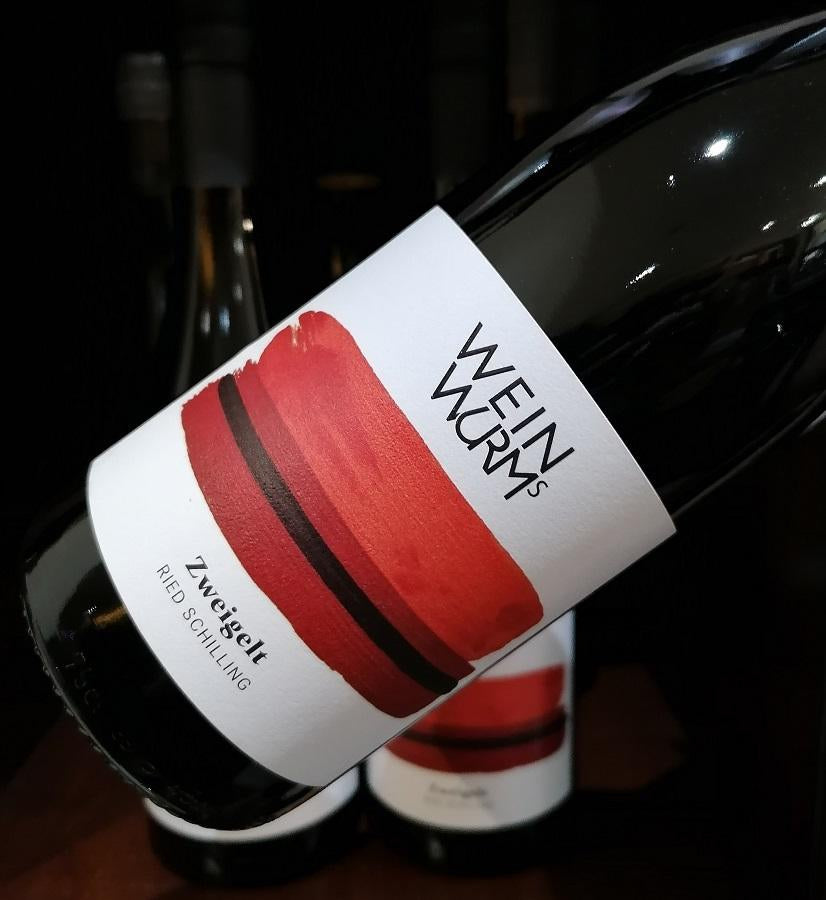
The Sound of Music

With its mountainous terrain and wealth of ski resorts, the Alpine Republic may not spring to mind when browsing wine. However, Austria has used its rich wine making history, diverse climates and soils to attain high regard internationally particularly for its white wines which account for 63% of all wine produced. We take a look at how this has been achieved and profile two of our favourite grapes.
The mountainous terrain in the west of Austria give way to rolling hills and plains in the east, and this is where viticulture takes place. Deep loess soils, heavy black, moist earth and a warm summer climate with cool continental air streams are perfect for a range of grapes, especially Austria's national variety, Gruner Veltliner. The first evidence of Gruner Veltliner wine hails to the 10th century, created by Cistercian monks travelling from Burgundy with their viticultural knowledge. Although grapevines were present from 700BC with the Celts and later with the Romans, Gruner Veltliner has been cherished ever since nearly 40% of Austrian vineyards dedicated to its production.
Gruner Veltliner is thought to be a natural hybrid of Traminer and a second unknown native grape. Its versatility is key, producing wines that range from fresh, light and simple to richer, layered wines which benefit from oak and lees, and even more recent sparkling wines. Regardless, wines are always generous with crispness and dry flavour. Often described as spicy due to white pepper tones, typical profiles include floral and herbaceous tones, citrus fruits such as lime, lemon and grapefruit, and white stone fruit such as peach and pear. It is an excellent accompaniment to grilled chicken, fried foods, bitter greens, sushi and East Asian spices. Fresh acidic cheese goes well; goats milk, feta, pecorino and mozzarella. Weinwurms Gruner Veltliner uses grapes that are hand harvested into small boxes to keep the skins intact until they undergo gentle pressing before fermentation in stainless steel tanks. The result is a clear, bright and fruity wine with hints of green apple, lime and herbaceous notes on the palate.
There are 4 wine regions in East Austria with over 23,000 vine growers and 113k acres of vineyards. The largest is Lower Austria producing 60% of all product; mainly white wines such as Gruner Veltliner and Riesling, but also growing ancient grape varieties such as Zierfandler and Rotgipfler. Second is Burgenland where red wine and some dessert wines (Eiswein) are favoured. The most planted red grape is Zweigelt, a relatively new grape that now makes up 15% of all wines produced. The smaller Styria region focused on a range of white wines whilst Vienna even produces wines as the fourth region. Unusual for a city, its conditions are ideal thanks to the River Danube flowing through.
The red Zweigelt grape only made an appearance in the 1920's and was a deliberate hybrid created with St Laurent and Blaufrankisch. It took the best of both to become a grape producing fine, light reds suitable for maturation in stainless steel or oak barriques. Youthful or aged, oaked or unoaked, it always provides opulent flavours, soft tannins and a subtly spiced finish. Morello cherry, redcurrant, blackcurrant and touches of black pepper and cinnamon are typical. It can also often have a slight effervescence, adding to its refreshment. It is an atypical red that pairs very well with fish, shellfish and white meats, but also satisfies any barbecued foods with its crisp acidity moistening even the driest of plates. Light cheeses are the best, such as goats milk, brie and mild cheddar. Weinwurms Zweigelt uses grapes manually harvested in mid October with a 10 day maceration before the wine spends 9 months in wooden barrels and bottle maturation for 6 months. Ruby red in appearance, it shows juicy cherry on the nose and velvety tannins on the palate. While it is a denser example, there is still the freshness of Zweigelt alongside its toasted notes and long finish.
Most wine is produced by small, family wineries. This consensus of boutique over bulk has been in place since the mid 80's and for good reason. By the 1920's, Austria was actually the third largest producer in the world and famed for its light, crisp white wines. This reputation was devastated when in the mid 80's it was discovered that some bulk wine producers were adding diethylene glycol, an ingredient common in antifreeze, into the wines to enhance sweetness and texture. The result of this scandal was a devastated industry. However, the loss of renown meant that only the finest wine makers persevered to rebuild Austria's reputation and a raft of new quality control measures came into being. It took a lot of dedication and hard work, but this shift meant that small, family-owned wineries came to the fore by the millennium and saw numerous awards and recognition for their wines soon afterwards. This boom has only intensified over the last two decades and there are now 16 wine DACs (Districtus Austriae Controllatus) closely monitored within the wine regions.
Weinwurms whose wines we have profiled above are an example of a family winery who persevered through the scandal to become one of the finest. Based in Weinviertel, Lower Austria, the winery is now in its third generation of wine makers. Founded in the 1950s by Grandfather Anton Weinwurm, it houses 28 hectares of vineyards. The first vineyard planted by Anton was supposed to be Gruner Veltliner, but after 2 years it turned out to be Blauer Zweigelt, This lucky mistake led to exploration of numerous red varieties and more complex grapes. The family cultivate their wines in sync with nature and terroir to bring the best. The reputable Hiedler family have cultivated vines since 1856 and now have 7 vineyard sites along the Danube river and work with six like-minded wine makers as founders of the Association Österreichische Traditionsweingüter (Traditional Austrian Wineries), established in 1992. Their aim was to classify the most significant vineyards in the Danube region and now have over 62 members working towards this goal. Their Eiswein uses Weissburgunder grapes from the Kamptal vineyard and displays the exceptional dessert wines of the country. Enormous aromas show a mixture of rich tropical fruit scents before a mature and creamy palate with great depth. Sumptuous, powerful and focused.


